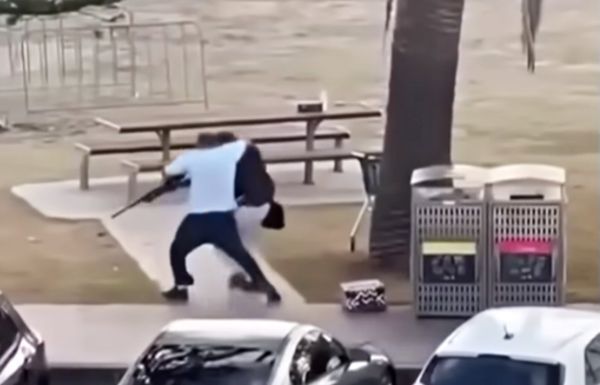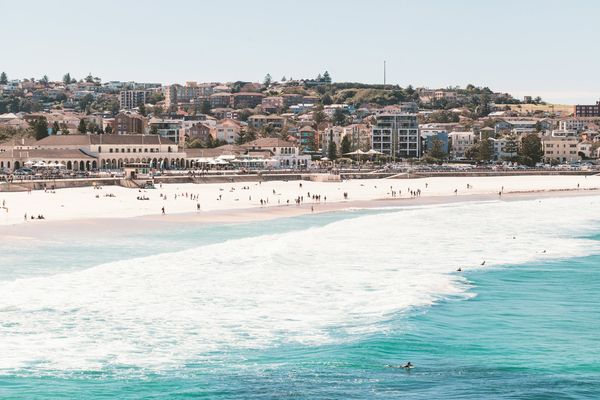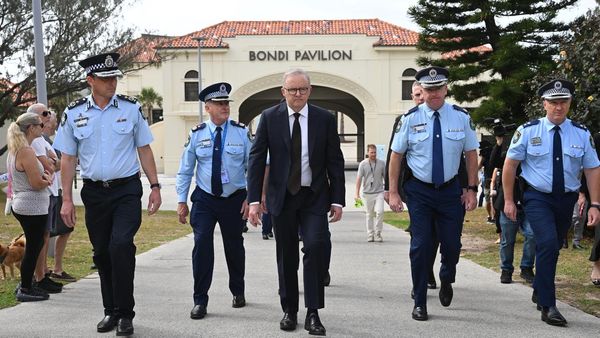
Riders in this year's Tour de France will benefit from extended safety zones on seven stages of the race, the UCI announced today.
It means that instead of the usual three-kilometre buffer at the end of each stage, there will be zones of up to five kilometres from the finish line.
This year's Tour de France runs from July 5-27, starting on Saturday in Lille and finishing in Paris with a special Montmartre stage.
The safety zones, however long they are, are designed to reduce the danger to riders in lead-up to the final push for the line, taking the pressure off the peloton as a whole to finish at the same time as the winner and let the sprinters do their thing.
It also means that if a rider does crash or suffer a mechanical in the run-in to the line, they will not pay a time penalty – although a rule tweak introduced this season means that if a rider crashes solo, they won't benefit.
The stages given extra buffer zones in the Tour de France this year are:
Stage 1: Lille > Lille, +5km
Stage 3: Valenciennes > Dunkerque, +5km
Stage 4: Saint Méen-le-Grand > Laval, +5km
Stage 9: Chinon > Châteauroux, +5km
Stage 15: Muret > Carcassonne, +4km
Stage 17: Bollène > Valence, +5km
Stage 21: Mantes-la-Ville > Paris Champs-Élysées, +5km
This means the race will be bookended with extra safety measures, from the Grand Départ in Lille to the special 50th anniversary final stage in Paris, which takes in three ascents of the Côte de la Butte de Montmartre and could be trickier than usual.
It's also not a great surprise to see the extra safety zones weighted in favour of the first part of the race, which is generally the most nervous and carries the highest crash potential.
The extra measures come at the recommendation of the SafeR initiative, which involves representatives from the UCI as well as groups representing organisers, teams and riders, including the Cyclistes Professionels Associés (CPA) and CPA Women.
It was part of a wider raft of measures and updates from SafeR which includes the testing of maximum gear ratios to curb "extreme speeds" at the end of the season.
The 3km rule has been in place for 20 years now, and has saved plenty of crash-hit riders from losing crucial seconds in the final moments of the race.







